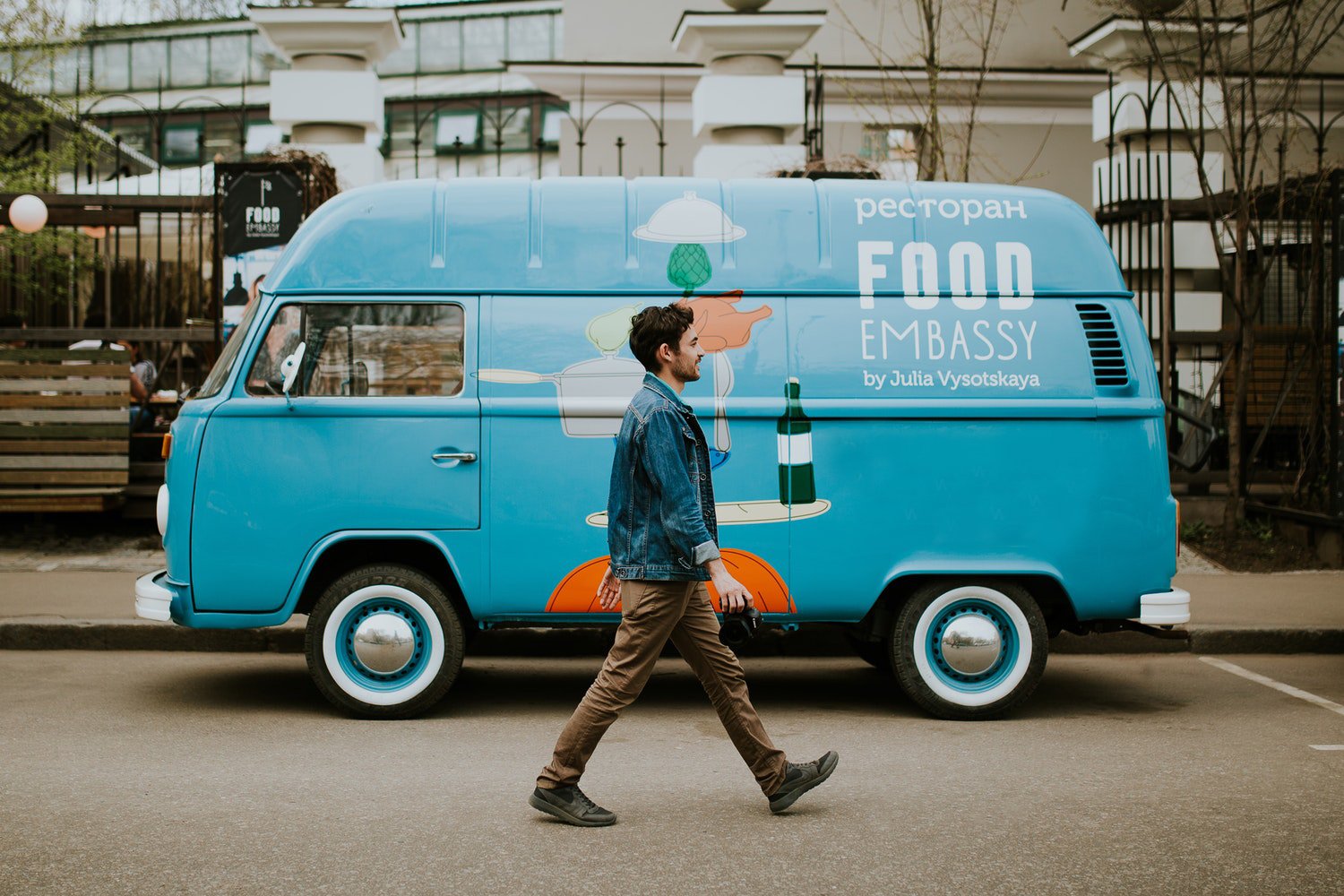Who Should Avoid Ultherapy?
Ultherapy is one of Korea’s most well-known non-surgical lifting treatments, designed to tighten the skin using focused ultrasound energy. While it can create a natural lift for the right candidates, Ultherapy is not suitable for everyone. Certain facial structures, skin conditions, and health factors may increase the risk of poor results — including hollowness, asymmetry, or unnecessary discomfort.
Below is a complete guide to who should avoid Ultherapy and why.
1. People With Very Low Facial Fat (Slim or Hollow Faces)
Ultherapy can reduce fat when applied incorrectly or too aggressively.
People with:
- Naturally slim faces
- Hollow cheeks
- Prominent cheekbones
- Low body fat
…may end up looking gaunt or older, not lifted.
These patients often need volume-preserving or volume-restoring treatments instead.
2. Those With Skin That Is Very Thin or Fragile
If the dermis is too thin, ultrasound energy may overly tighten or impact deeper structures.
Avoid Ultherapy if you have:
- Extremely thin, delicate skin
- Severe collagen loss
- Strong signs of skin thinning due to aging
- Post-laser thinning or chronic barrier damage
These patients typically get better results from RF microneedling, skin boosters, or regenerative treatments.
3. Patients With Significant Sagging or Excess Skin
Ultherapy works best for mild to moderate skin laxity.
Avoid if you have:
- Large jowls
- Heavy neck bands
- Major drooping
- Significant aging changes
These cases may require thread lifting or surgical tightening instead of ultrasound.
4. Anyone Expecting Dramatic, Instant Results
Ultherapy is not a substitute for surgery.
If you expect:
- A facelift-level lift
- Immediate tightening
- Major jawline sculpting
…Ultherapy may disappoint and lead to frustration. It’s a gradual collagen-building treatment.
5. People With Active Skin Conditions
Ultherapy should be avoided if you have:
- Active acne or cystic breakouts
- Dermatitis or eczema
- Severe rosacea flare-ups
- Infections or open wounds
- Recently irritated or sensitized skin
The procedure may worsen inflammation or slow healing.
6. People With Certain Medical Conditions
Avoid Ultherapy if you have:
- Implanted electronic devices (pacemakers, defibrillators, metal plates)
- Autoimmune connective tissue disorders
- Severe neurological disorders
- Active cancer under treatment
Always consult your physician before proceeding.
7. Pregnant or Breastfeeding Patients
Ultherapy is generally not recommended during pregnancy or early breastfeeding due to lack of safety data. Korea’s dermatology clinics typically advise postponing treatments.
8. People With Unrealistic Expectations
You should avoid Ultherapy if:
- You want a dramatic lifting effect
- You dislike slow results (Ultherapy takes 2–3 months)
- You want zero downtime but big change
- You want immediate definition in jaw or neck
Ultherapy is subtle, natural, and gradual — not transformative.
9. Those With History of Bad Reaction to Ultherapy
If you previously had:
- Fat loss
- Dimpling
- Uneven lift
- Lingering pain
- Nerve sensitivity
…you should avoid repeating Ultherapy and explore safer alternatives.
⭐ Who IS a Good Candidate?
Ultherapy works best for people with:
- Mild to moderate skin laxity
- Good collagen levels
- Balanced facial volume
- Early signs of sagging
- Desire for natural looking results
Final Thoughts
Ultherapy can be an effective lifting treatment, but it must be applied to the right patient. Those with extremely slim faces, thin skin, heavy sagging, active inflammation, or unrealistic expectations should avoid Ultherapy and consider gentler options like RF microneedling, skin tightening lasers, collagen stimulators, or thread lifting.

